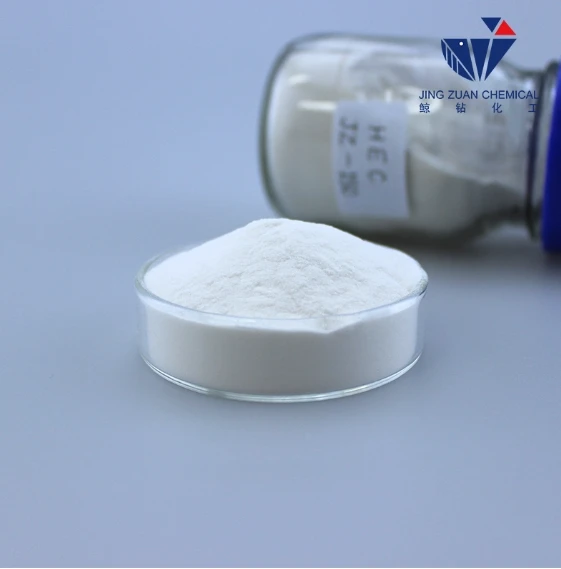
Dez . 15, 2024 13:50 Back to list
hpmc gelation temperature
HPMC Gelation Temperature Understanding Its Significance in Formulations
Hydroxypropyl methylcellulose (HPMC) is a versatile cellulose ether widely used in pharmaceutical, food, and cosmetic formulations. One of the critical characteristics of HPMC is its gelation temperature, which plays a vital role in determining its behavior in various applications. This article delves into the significance of HPMC gelation temperature, its implications in different fields, and factors influencing this property.
Gelation Temperature and Its Importance
The gelation temperature of HPMC refers to the temperature at which the polymer undergoes a transition from a sol (liquid) state to a gel (solid) state. This transition is crucial in many formulations, as it affects the viscosity, stability, and release profiles of the active ingredients. In pharmaceutical formulations, for instance, understanding the gelation temperature helps in designing hydrogels that can provide controlled drug release and improve bioavailability.
In food applications, the gelation behavior of HPMC is essential for achieving desired textures and consistencies. For instance, in low-fat food products, HPMC can act as a fat replacer, stabilizing emulsions and improving mouthfeel. The right gelation temperature ensures that the HPMC contributes positively to the overall quality of the food product without compromising its sensory attributes.
Factors Influencing Gelation Temperature
Several factors can influence the gelation temperature of HPMC, which formulators must consider when developing products. These include
1. Concentration The concentration of HPMC in a formulation significantly affects its gelation temperature. Higher concentrations typically lead to an increase in gelation temperature due to the increased interaction between polymer chains.
2. Molecular Weight The molecular weight of HPMC also plays a crucial role. Higher molecular weight polymers tend to exhibit higher gelation temperatures because they have a greater number of entanglements and interactions between chains.
hpmc gelation temperature

3. Solvent Composition The type and composition of the solvent can alter the gelation behavior of HPMC. For example, the presence of salts or ions can enhance or diminish gelation by affecting hydrogen bonding and hydrophobic interactions among polymer chains.
4. pH and Ionic Strength Changes in pH and ionic strength can impact the solubility and gelation behavior of HPMC. For instance, an increase in ionic strength can screen electrostatic interactions, leading to changes in the gelation temperature.
5. Temperature Ramp Rate The rate at which the temperature is changed can also affect the gelation process. A slow heating rate can lead to more uniform gel formation, while rapid temperature changes may result in inhomogeneous gelation.
Applications in Various Fields
Understanding and controlling the gelation temperature of HPMC can significantly enhance its applications across various sectors. In the pharmaceutical industry, precise control over gelation can lead to improved drug formulation techniques, allowing for the development of systems that respond to physiological conditions. In cosmetic formulations, it can provide improved texture and stability to creams and lotions, enhancing user experience.
In the food industry, manipulating the gelation temperature of HPMC allows manufacturers to create products with specific textures, providing opportunities for innovation in low-calorie and gluten-free product lines.
Conclusion
The gelation temperature of HPMC is a crucial property that has a profound impact on its functionality in various applications. By understanding the factors influencing gelation temperature and its significance in different fields, formulators can optimize their products to meet specific performance criteria. As research in this area continues to evolve, the potential for HPMC in new and innovative applications remains vast, promising exciting developments in the future.
-
Versatile Hpmc Uses in Different Industries
NewsJun.19,2025
-
Redispersible Powder's Role in Enhancing Durability of Construction Products
NewsJun.19,2025
-
Hydroxyethyl Cellulose Applications Driving Green Industrial Processes
NewsJun.19,2025
-
Exploring Different Redispersible Polymer Powder
NewsJun.19,2025
-
Choosing the Right Mortar Bonding Agent
NewsJun.19,2025
-
Applications and Significance of China Hpmc in Modern Industries
NewsJun.19,2025







